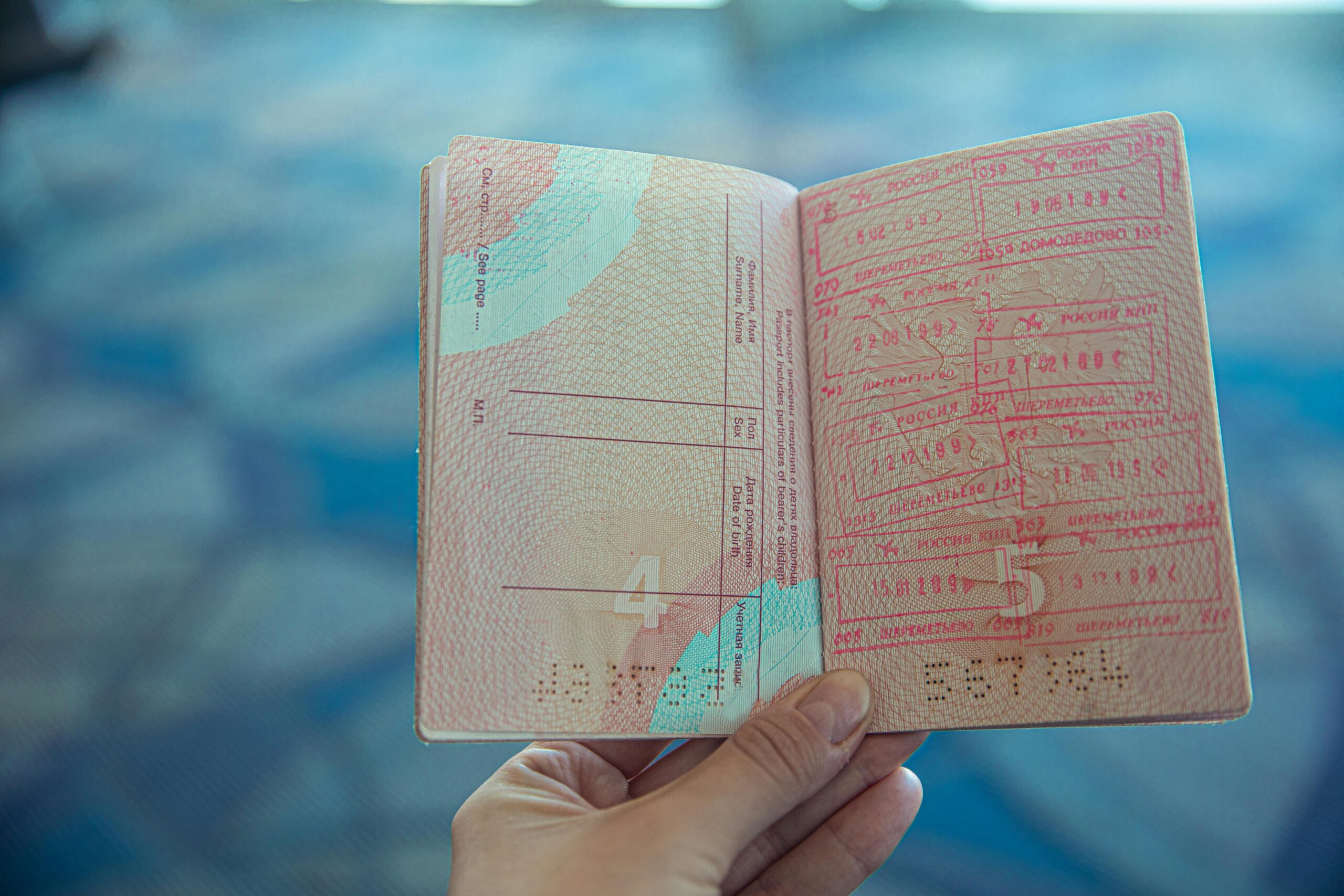Table of Contents
- The Unsettling Reality of the August 2025 IRCC BacklogUnpacking the Monumental Surge in Study Permit ApplicationsCollateral Damage: How the IRCC Backlog Affects PR, Work, and Visitor Visa ApplicantsKey Takeaways: Proactive Strategies for Applicants Facing Unprecedented DelaysFrequently Asked Questions
The latest data from Immigration, Refugees and Citizenship Canada (IRCC) for August 2025 paints a sobering picture for prospective immigrants and temporary residents. The overall application backlog has not only persisted but has worryingly increased, with a particularly dramatic surge in the inventory of study permit applications. This situation creates a ripple effect of uncertainty and prolonged waiting periods across all immigration streams, impacting the lives and plans of thousands of individuals and families dreaming of a future in Canada. As processing times lengthen, applicants for permanent residence, work permits, and visitor visas are caught in a web of delays, making strategic and well-prepared applications more critical than ever.
The Unsettling Reality of the August 2025 IRCC Backlog
As of August 2025, the total inventory of applications across all IRCC lines of business has ballooned once again, reversing some of the modest gains made in backlog reduction over the past year. The overall number of pending applications now sits at a daunting figure, well above the department’s stated service standards. This immense volume encompasses the full spectrum of Canadian immigration, from permanent residence pathways like Express Entry and Provincial Nominee Programs (PNPs) to temporary residence applications, including work permits, visitor visas, and study permits. The consistent inability to process applications within a reasonable timeframe points to systemic challenges, including resource allocation, technological limitations, and the sheer volume of global demand for Canadian immigration. For applicants, this translates into a frustratingly opaque process where timelines are unpredictable and communication from the department is often minimal. The emotional and financial toll on those waiting for a decision cannot be overstated, as careers are put on hold, families remain separated, and life plans are suspended indefinitely.
This persistent backlog is more than just a list of numbers; it represents a significant bottleneck in Canada’s immigration system. It affects Canada’s ability to attract top global talent, reunite families, and welcome international students who contribute significantly to the economy and cultural fabric. The continuous growth of this inventory suggests that intake volumes are outstripping processing capacity, a fundamental imbalance that requires a multi-faceted solution. While IRCC has invested in digitizing applications and hiring more staff, the August 2025 data indicates these measures are struggling to keep pace with the relentless influx of new applications. This situation forces prospective immigrants to recalibrate their expectations and prepare for a much longer journey than anticipated, highlighting the importance of submitting a flawless application from the outset to avoid any further, preventable delays.
Unpacking the Monumental Surge in Study Permit Applications
The most alarming trend revealed in the August 2025 data is the staggering increase in the study permit application backlog. Canada remains a premier destination for international students, thanks to its world-class educational institutions and clear pathways to post-graduation work and permanent residence. However, this popularity has resulted in an unprecedented wave of applications that has overwhelmed processing centers. The inventory for study permits has surged dramatically, leading to processing times that now threaten to derail the academic aspirations of many students. Applicants who applied months in advance are finding themselves perilously close to their program start dates without a decision, creating immense stress and uncertainty. Many are forced to consider deferring their admission, which can have significant financial and academic consequences. This bottleneck is not merely an administrative issue; it jeopardizes the fall and winter intake for colleges and universities across the country, which rely heavily on international student tuition.
Several factors contribute to this monumental surge. The global post-pandemic recovery has unleashed pent-up demand for international education. Furthermore, recent policy changes, such as the removal of the 20-hour-per-week work limit for eligible students, have made Canada an even more attractive option. While positive in intent, these policies have inadvertently fueled an application volume that the current infrastructure cannot handle efficiently. The downstream effect is significant: delayed permits mean students cannot book flights, arrange accommodation, or begin their studies on time. It also puts Designated Learning Institutions (DLIs) in a difficult position, as they must manage enrollment numbers with an unpredictable timeline for student arrivals. For Canada’s reputation as a welcoming and efficient destination for students, this backlog poses a serious threat that requires immediate and effective intervention from IRCC.
Collateral Damage: How the IRCC Backlog Affects PR, Work, and Visitor Visa Applicants
The intense focus of resources on managing the overwhelming study permit inventory inevitably creates collateral damage across other crucial immigration streams. The principle of limited processing capacity means that a surge in one area forces a reallocation of officers and resources away from others. Consequently, applicants for permanent residence, work permits, and visitor visas are experiencing extended and frustrating delays. For skilled workers in the Express Entry pool, this could mean longer waits for Invitations to Apply (ITAs) and slower processing of their post-ITA applications. Families seeking reunification through spousal or parental sponsorship are also impacted, with prolonged separation taking a heavy emotional toll. These delays can undermine the very purpose of these programs, which is to efficiently bring skilled talent and beloved family members to Canada.
Similarly, the work permit and visitor visa backlogs have tangible economic consequences. Canadian employers who have gone through the rigorous Labour Market Impact Assessment (LMIA) process to hire foreign talent are left waiting for their employees to receive work permits, hindering business operations and growth. The tourism and hospitality sectors, still recovering from the pandemic, suffer when potential visitors are discouraged by lengthy and unpredictable visa processing times. Essentially, no single application category exists in a vacuum. The entire immigration system is an interconnected ecosystem, and the immense pressure from the study permit surge strains every part of it. This systemic slowdown harms not only the applicants but also the Canadian economy and society, which depend on a steady and predictable flow of new residents, workers, and visitors.
Key Takeaways: Proactive Strategies for Applicants Facing Unprecedented Delays
Navigating the current IRCC backlog requires patience, diligence, and a strategic approach. While applicants cannot control IRCC’s processing speeds, they can take certain steps to position their application for the smoothest possible journey through the system. The single most important factor is the quality and completeness of the initial submission. In a high-volume environment, immigration officers have little time to request missing information. An incomplete or inconsistent application is highly likely to be returned or refused, sending the applicant back to square one and resulting in months or even years of lost time. Ensuring that every form is filled out correctly, every required document is included in the correct format, and all information is accurate and consistent across the entire application is non-negotiable. It is also wise to anticipate delays and plan accordingly. Applying well in advance of any deadlines—such as a school start date or the expiry of a current status—is more critical than ever.
Here are some key takeaways for managing your application in this challenging climate:
- Submit a Perfect Application: The margin for error is virtually zero. Double- and triple-check all forms and supporting documents. Even a minor mistake can lead to significant delays or a refusal. Consider seeking professional review to ensure completeness and accuracy.Plan for the Long Haul: Use IRCC’s published processing times as a rough guide, but be prepared for the possibility of waiting much longer. Build buffer time into your plans and avoid making irreversible commitments, such as resigning from a job or selling property, until your application is approved.Maintain Valid Status: If you are already in Canada, it is absolutely essential to maintain your legal status at all times. Be mindful of your permit’s expiry date and apply for an extension or a new permit well before it expires to benefit from maintained status.Respond to IRCC Requests Promptly: If IRCC requests additional information or documents (an ADR), respond as quickly and completely as possible. The response deadline is firm, and failing to meet it will almost certainly result in the refusal of your application.Keep Your Information Updated: Notify IRCC of any changes in your personal circumstances, such as a new passport, a change in address, or a change in family composition. Use the designated web form to ensure the information reaches your file.
Frequently Asked Questions
What is the IRCC backlog as of August 2025?
As of August 2025, the Immigration, Refugees and Citizenship Canada (IRCC) backlog has increased again, affecting all application streams. This inventory includes pending applications for permanent residence, temporary residence (like study permits, work permits, and visitor visas), and citizenship.
Why is the study permit application backlog so high?
The study permit backlog has surged due to a combination of high global demand for Canadian education, post-pandemic travel recovery, and attractive government policies for international students. This massive influx of applications has exceeded IRCC’s current processing capacity, leading to significant delays.
How does the study permit surge affect other immigration applications?
The dramatic increase in study permit applications requires IRCC to allocate more resources to manage that specific inventory. This resource shift creates a domino effect, leading to slower processing times and increased backlogs for other categories, including Express Entry, family sponsorships, work permits, and visitor visas.
What is the most important thing an applicant can do to avoid delays?
The most critical action an applicant can take is to submit a complete, accurate, and flawless application from the very beginning. In the current high-volume environment, even minor errors or omissions can lead to significant delays or an outright refusal, so meticulous preparation is essential.
How should I plan my application given the current delays?
Applicants should plan for processing times to be longer than the estimates published on the IRCC website. It is crucial to apply as far in advance as possible and build significant buffer time into personal and professional plans to account for potential, unpredictable delays.
Talk to us to find out more. ->
The content above is not intended to provide legal advice or opinions of any kind and may not be used for professional or commercial purposes.







